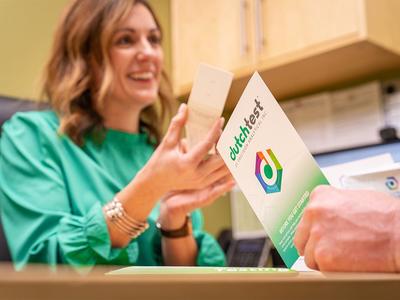PRP Injections – The New Botox
PRP stands for Platelet-Rich Plasma. In order to understand what this is, it is important to understand what our blood is made up of. The blood is made up of plasma which is the liquid portion of the blood. It is made of mostly water and proteins and carries within it white blood cells, red blood cells, and platelets. The platelets are the main feature used in PRP as they promote healing functions within the body.
In order for PRP therapy to take place, blood is taken from your body and put in a centrifuge to separate the platelet-rich plasma from the rest of the blood. This is then injected back into your body in order to help healing processes and regeneration. There are no know side effects of this therapy as your own blood is used and therefore is recognized by the body.
Where can PRP Therapy Help?
Joint Pain - PRP therapy can be used for shoulder or knee pain and can help the surrounding tissues to heal and repair more effectively. It also helps to reduce pain in people with chronic tendonitis.
Hair Loss – Research looks promising for PRP injections placed in the scalp for hair loss. In a 2015 study, subjects who were given PRP injections as opposed to the placebo saw a decrease or cessation of hair loss and improvement in hair follicle quality.
Skin Rejuvenation and Wrinkle Reduction – This definitely is the future when it comes to helping to heal the skin and natural anti-ageing therapies. Instead of harmful chemicals like those found in botox injections, PRP therapy uses your own blood to help you to look more youthful. In a recent 2020 study, subjects who were given PRP injections in their face saw a decrease in wrinkles, improvement in their overall skin, and became more resilient to ageing from the sun.
Scars from Acne – When treated with PRP instead of vitamin c, patients saw a significant improvement in their scar tissue from acne. Although vitamin c helped with firmness and brightness of the skin, PRP helped to reduce the scar tissue from acne.
Hormonal Acne – Recent research shows that PRP therapy can be a better option than the use of topical antibiotic use. Patients who received PRP injections showed good to excellent improvement and had a lower rate of acne recurrence.
References:
https://www.hss.edu/condition-list_prp-injections.asp
https://www.ncbi.nlm.nih.gov/pmc/articles/PMC4622412/
https://www.ncbi.nlm.nih.gov/pmc/articles/PMC7086200/
https://www.ncbi.nlm.nih.gov/pmc/articles/PMC4338464/
https://www.tandfonline.com/doi/abs/10.1080/09546634.2020.1793884







